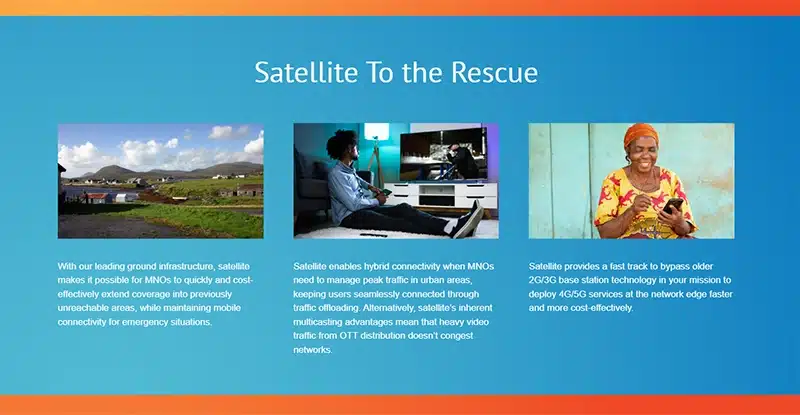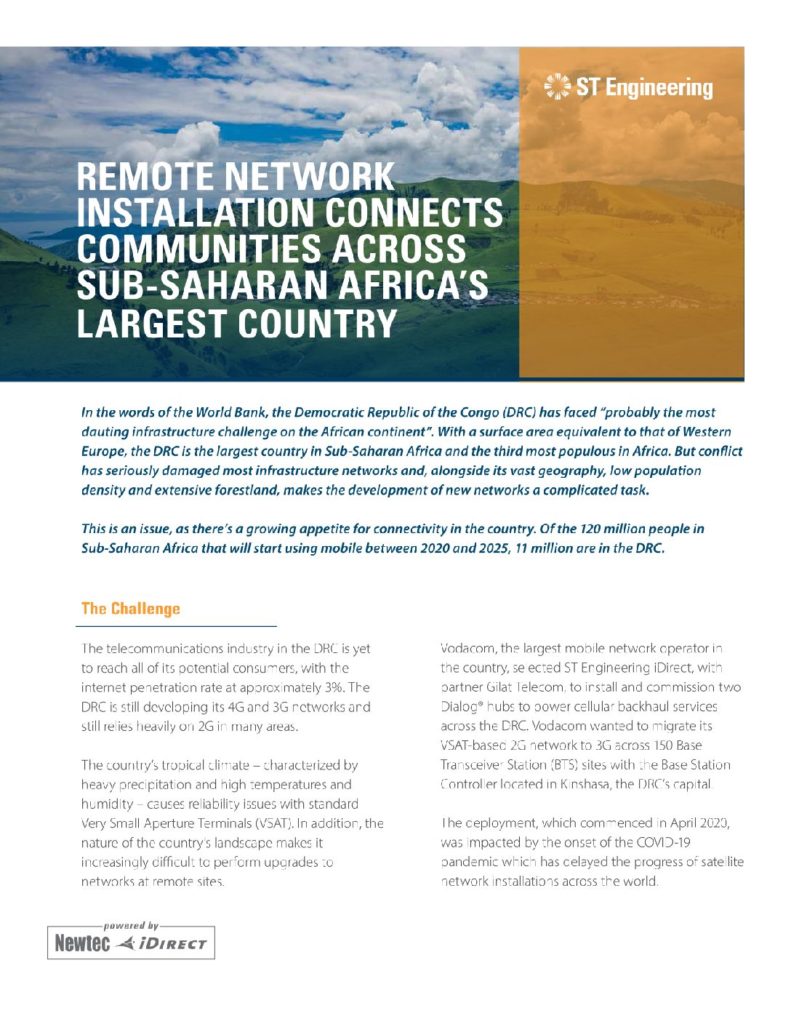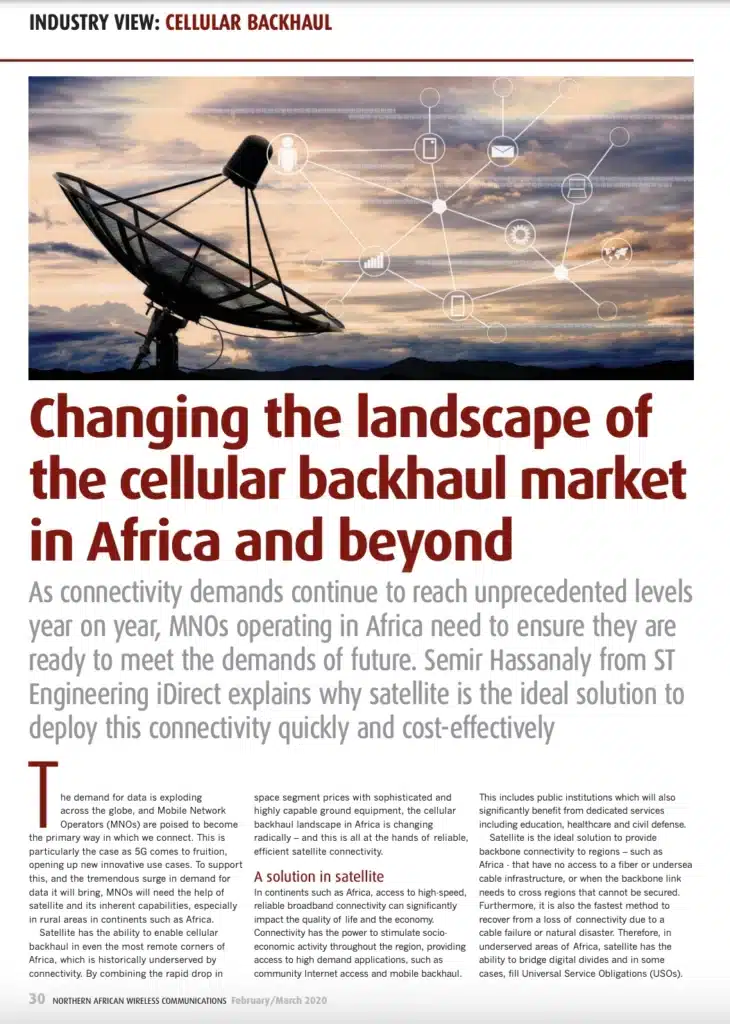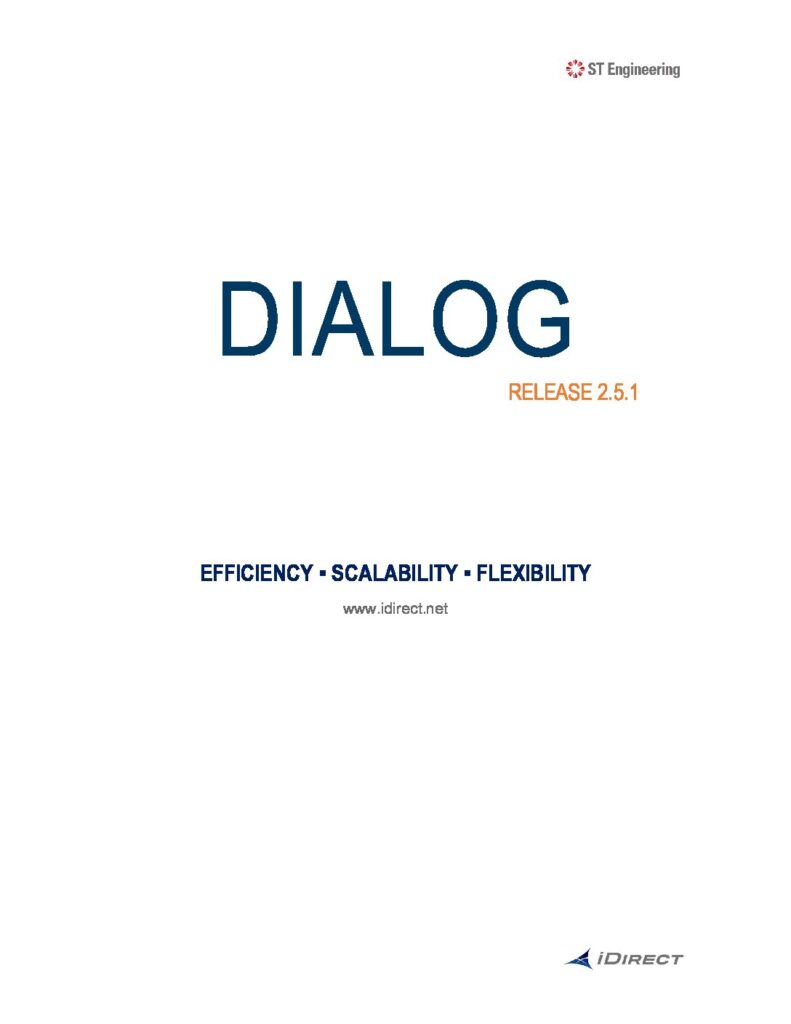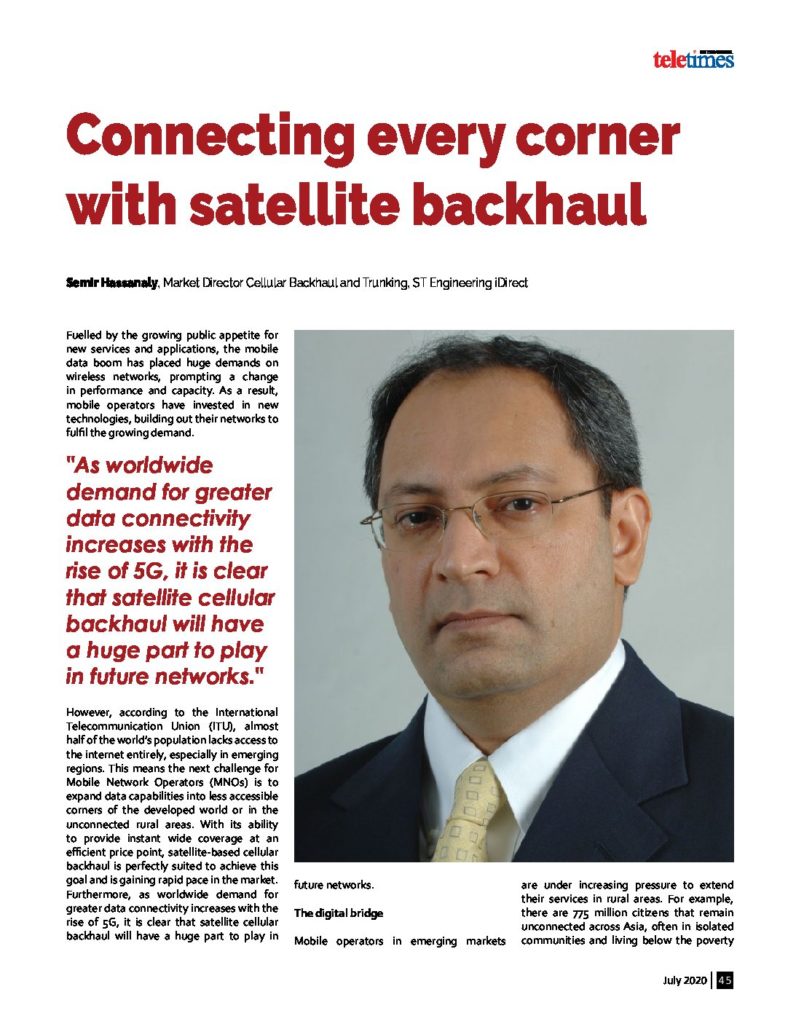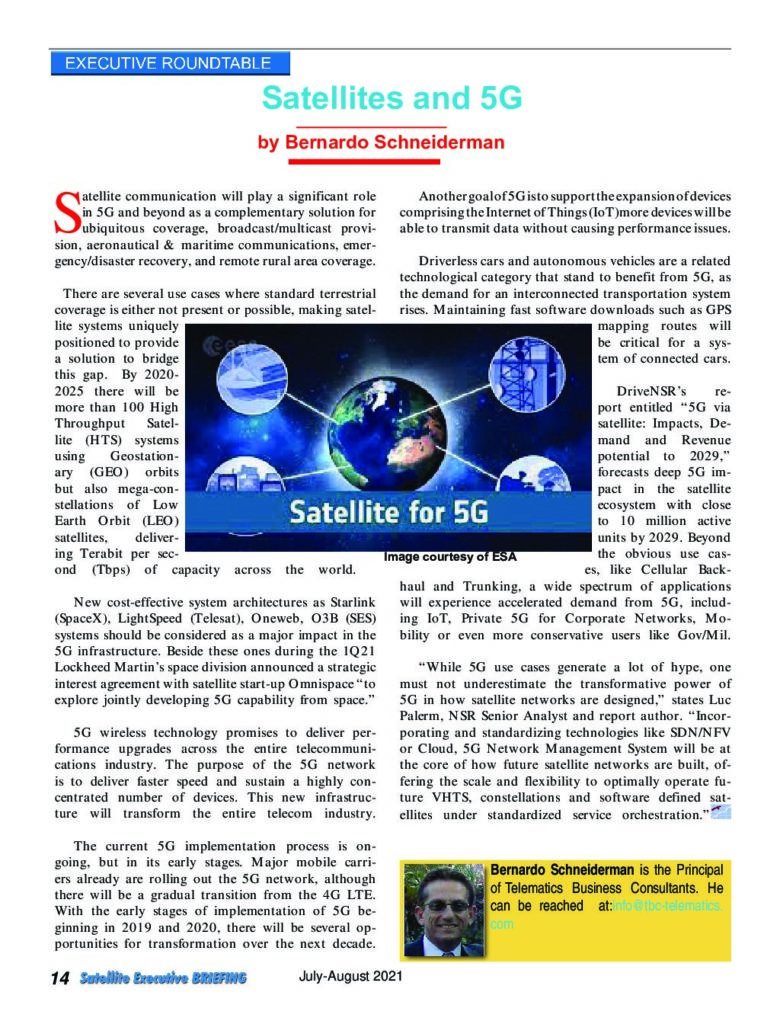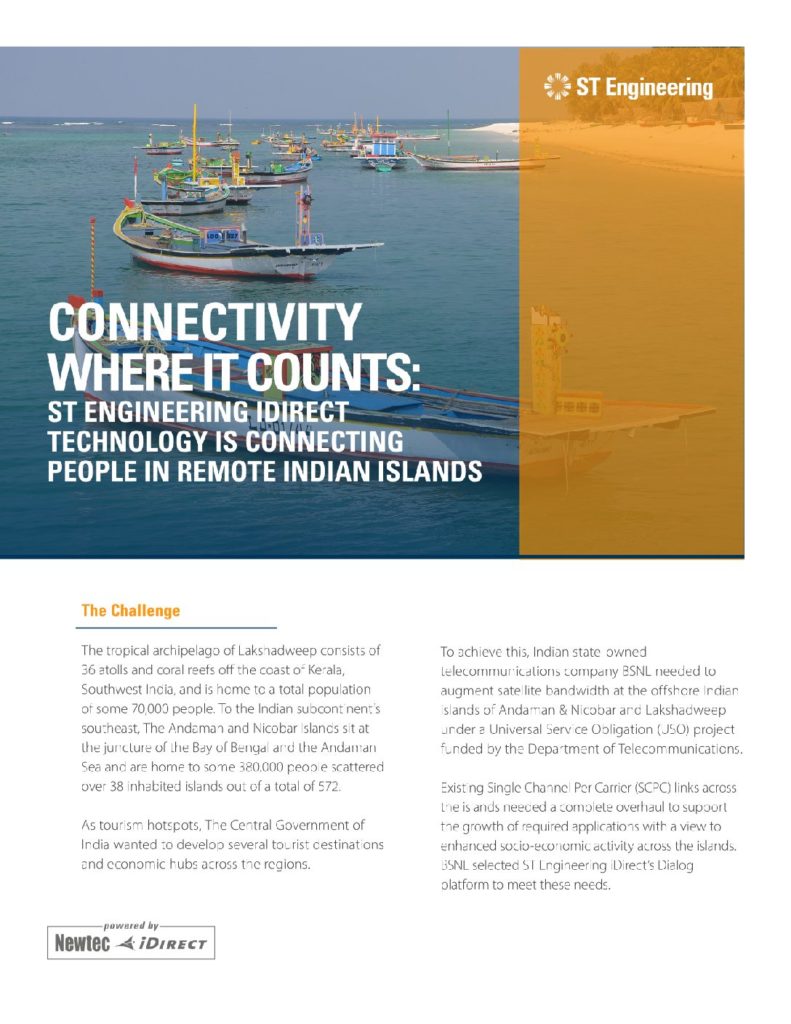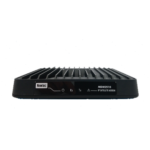Cell Backhaul Key Features
Bandwidth Efficiencies
Satellite networks have made significant gains in performance and efficiency through DVB-S2X and HTS.The use of the latest DVB-S2X standard and FlexACM® doubles the data throughput in IP Trunking and Backbone networks over satellite at optimal availability. FlexACM and DVB-S2X standard doubles the throughput over satellite in the same bandwidth, with the capability to combine different services (video, voice, data, internet access, VoIP, WiMAX, GPRS, 3G, etc.) within the same satellite carrier.
Superior Quality of Service
Our bandwidth-allocation algorithm also allows for countless possibilities of Quality of Service levels, bandwidth management, and traffic prioritization. Mobile network operators can map their core networks to satellite networks to prioritize traffic and maintain distinct Quality of Service settings by remotes, bandwidth groups, and applications to satisfy Service Level Agreements.
Layer 2 Over Satellite (L2oS)
Mobile network operators can run an ST Engineering iDirect network in a Layer 2 bridging mode with high efficiency as an alternative to traditional Layer 3 mode architecture. By doing so, they can implement a variety of modern, converged network architectures; pass any Layer 3 protocols; and more easily integrate into hybrid network scenarios.
Traffic optimization
ST Engineering iDirect has developed the latest standards and techniques in acceleration and compression to achieve maximum throughput and efficiencies. By using compression, packet coalescing and GTP acceleration our system optimally handles multi-service traffic while ensuring network security with end-to-end IPSec optimization. Traffic optimization and compression is built into the Dialog platform to enhance bandwidth optimization for voice and data, while at the same time accelerating the traffic. For other product lines an additional solution is also available, called SatHaul-XE. The ST Engineering iDirect SatHaul-XE™ Optimization Suite is an advanced set of tools focused on TCP Acceleration features with TP optimization, IPSec for mobile networks, and compression for intelligent and efficient delivery of 2G, 3G, and 4G/LTE traffic optimized over the links and integrated back to the core network. This can result in improved end-user experience and in bandwidth reductions of up to 30%.
Security
A standard LTE implementation will use IPsec to secure all communications by authenticating and encrypting the data from the LTE eNodeB through the network to the Security Gateway within the Mobile Network Operators Core Network. Our system optimally handles end-to-end IPSec optimization with the use traffic optimization technics.
Trunking
Solutions are based on the MDM6000, leveraging DVB-S2, DVB-S2X and S2 Extensions. The MDM6000 combines a set of innovative technologies which help provide exceptional service quality at the lowest possible cost. The MDM6000 can be deployed in single SCPC links, but also in a hub-and star network with the Hub6000.


